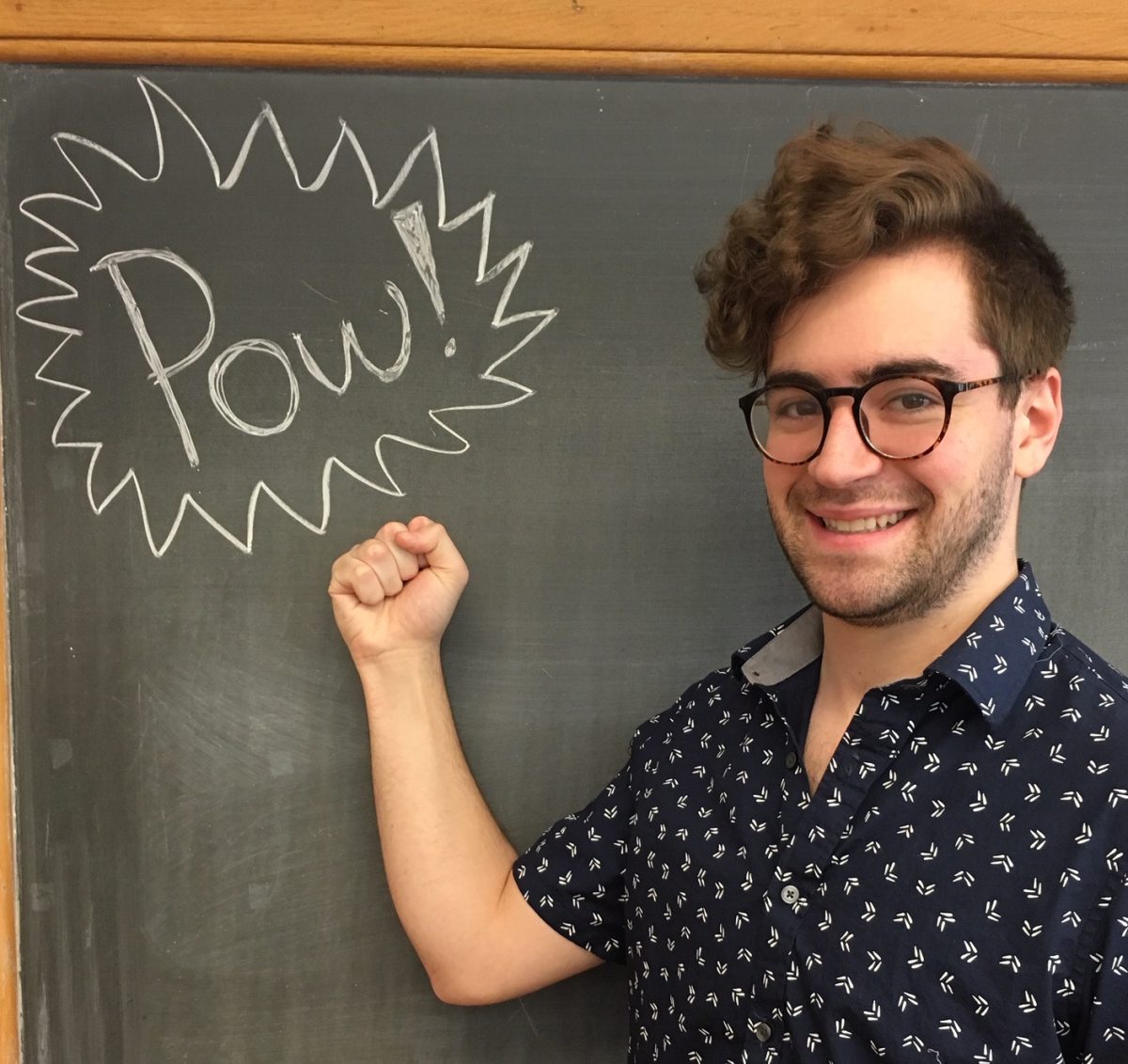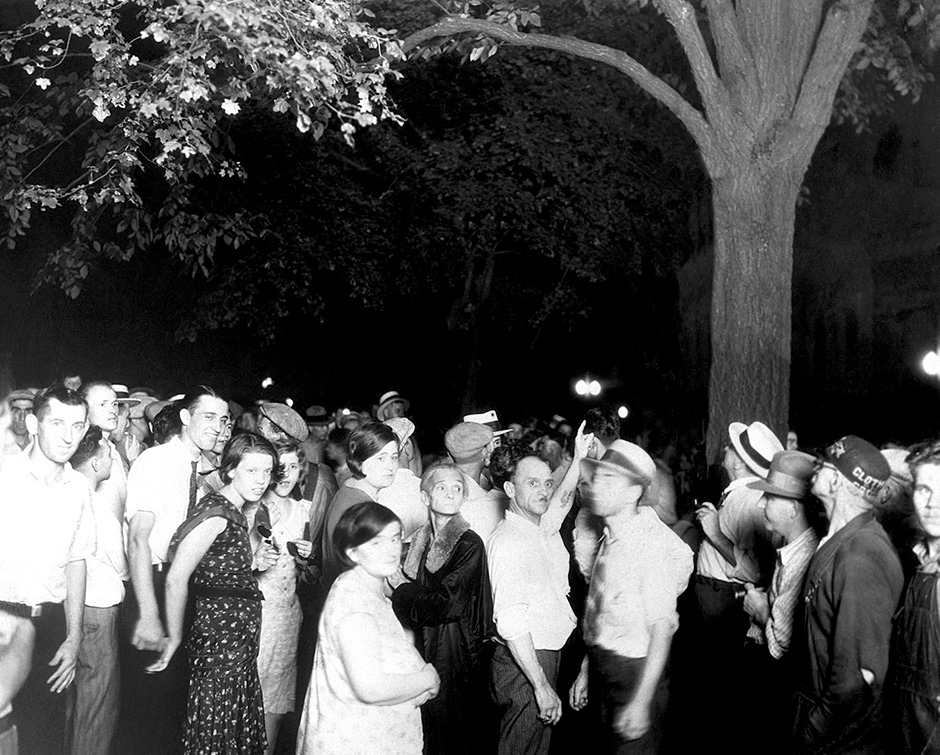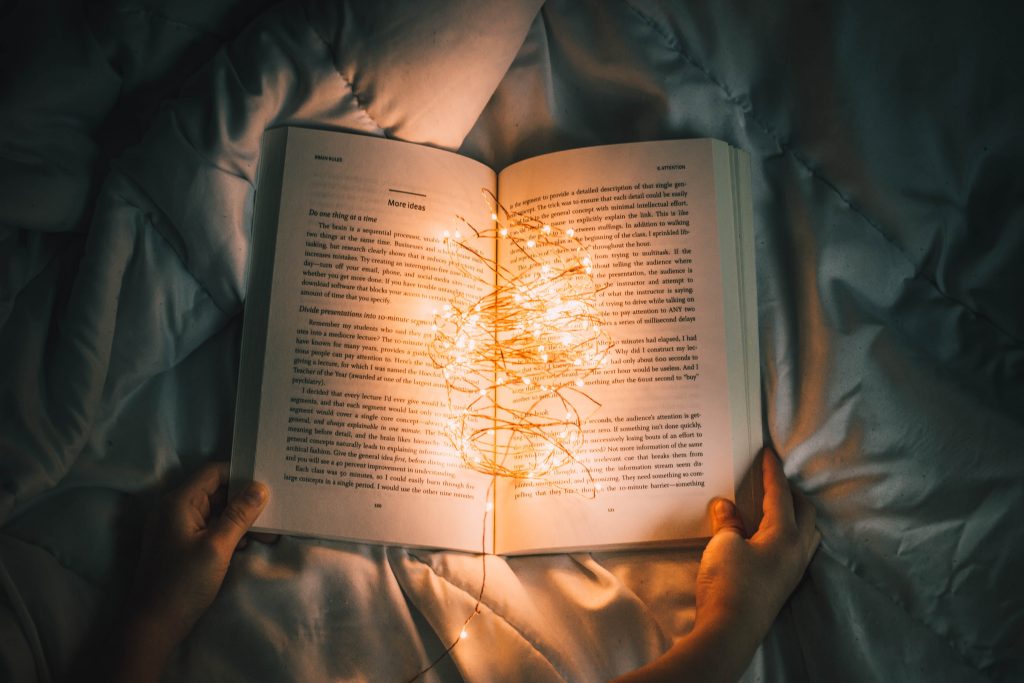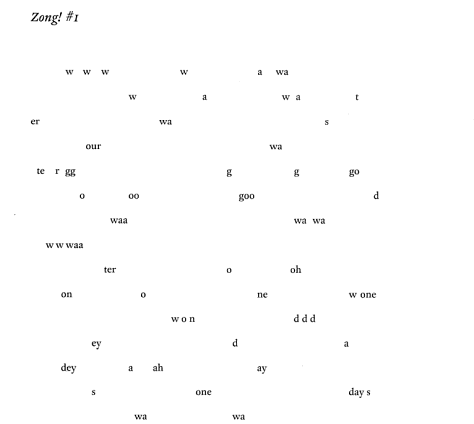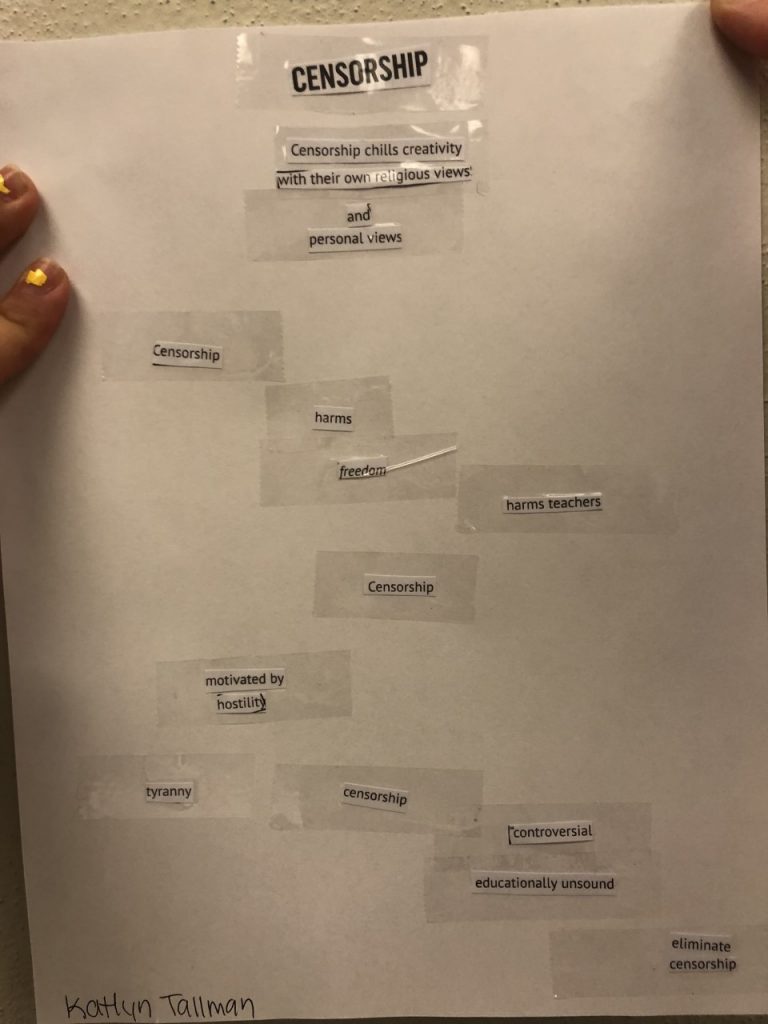
By Lilly Pelliccia, Grace Atlas, Alejandro Sánchez
Nowadays, the term feminism is frequently interpreted as women deeming themselves better than men. However, this is a very common misperception, feminism is a movement that seeks equality for any gender. Feminism states that any gender should have equal opportunity in society, whether it is in the workplace, at school, or simply just in everyday living. Feminism is a pro-equality movement that should be seen as a positive in society, not a negative advocating the belief that women are above all.
DEFINITION/ ETYMOLOGY OF FEMINISM
The Oxford English Dictionary defines feminism as “the advocacy and equality of the sexes regarding specifically the establishment of the political, social, and economic rights of the female sex.” The prefix “femin-” comes from the Latin word “feminia” which means woman. The suffix “-ism” which derives from the greek “ισμός” or “ismós”, turns the previous noun into a verb. Therefore, ‘-ism’ implies a belief, practice, or a worldview. The word feminism was first used in English in 1851, but at this time it was meant as “the state of being feminine”. However, in 1837 a French philosopher named Charles Fourier used the word “féminisme” to mean the advocacy of women’s rights. The issue of rights for women first came to light around the late 18th century during the French and American revolutions. This issue was specifically centered around property rights, marriage relationships, and the right to vote which women were restricted to, and with women fed up with this, they began to fight for themselves. Although the French and Americans saw this as a problem in the late 18th century, for Britain it wasn’t until the late 19th century around the time of the emergence of the suffragette movement that there was a significant change. And to follow this revolution, a ‘second wave’ of feminism began in the 1960s, which was specifically concerned with the economic and social discrimination among women. These women banded together to fight for their rights and focused mainly on their unity and sisterhood. Then around the 1980s and 1990s, there was a ‘third wave’ of feminism that was a reaction to a lack of focus on class and race issues in earlier movements. Lastly, the fourth wave of feminism began around 2014 which many had been anticipating, however, this wave is seen a little different than the previous ones. The fourth wave of feminism is one that is not necessarily defined as the fourth wave but many define this generation nowadays as the fourth wave of feminism. With the popular media nowadays about women empowerment and positive body image the fourth wave is seen as one on the internet. Feminism has greatly evolved over time but the general ideas and values of this advocacy for equality have remained generally the same. The development of this word has been greatly influenced by the times as you have read but the general advocacy for equality of the sexes is still the main idea.
FEMINISM IN LITERATURE
Feminism is a recurrent theme in literature. We can use it to analyze texts and have a better understanding of the author’s perspective on how they perceive feminism and how they want feminism to be the purpose of their literature. As audiences read literature throughout time, this historical context when reading periodical or modern literature can invoke better insight into the advantages and disadvantages women face. To take feminism into consideration when reading allows the audience to interpret a plot and stimulate an intended reaction upon the audience. Feminist literature presents itself as a relatable topic whether it be during any of the waves of feminism and how they significantly alter the everyday lives of women. Literature gives authors the power to use their voice to express this movement to the world through literature.
Feminist critics approach literature by examining power imbalances due to gender. We must look at whether a literary text reflects these imbalances or, on the contrary, challenges them. By using this lens, the reader gets to uncover instances or alienation, marginalization, oppression, or social biased perception of women. The feminist approach examines the experiences of women from all cultures, social classes or so-called races in an attempt to illuminate the sexual, social and political issues presented by an author. Literature provides authors with the power to use their voice to express these statements. Beneatha Younger in A Raisin in the Sun and Myriam Gurba in her memoir Mean are examples of strong female characters. Through these characters, as we will later explain, Hansberry and Gurba advocate for gender equality which further suggests how authors utilize their works as a platform for their opinions. But before focusing on those texts, we will provide an overview of texts that can be considered milestones in the approach of the feminist movement in literature.
In A Room of One’s Own (1929), Virginia Woolf’s extended essay argues that in order for women to succeed in their writing, they must be wealthy and have a room to themselves to carry out their writing. In an excerpt about Shakespeare’s hypothetical sister, audiences are introduced to the suggestion of a difference in privilege between men and women. This hypothetical sister, Judith, possesses the same exact qualities as her brother Shakespeare. Judith was “as adventurous, as imaginative” but she “remained at home.” Woolf illustrates this sister to present the audience with the realities of being a woman and being overshadowed by a man because of the unequal opportunities and resources accessible to women. However, Woolf also notions of the fact that Judith was less likely to be a possibility because women didn’t have the option to become educated like men were. Woolf further depicts the character of Judith into straying away from the social norms of a woman and ends up committing suicide because of the repercussions from her father’s standards for her along with his beating and scolding. These social norms may include household chores done by women like to “mend the stockings and mind the stew” instead of reading and learning. Another social norm is the enforcing of marriage for women and how marriage was one of women’s sole purpose of life. It’s important to note that the recognition of this hypothetical sister is substantial as it gives an audience an insight into the reality of women that wanted to break from societal roles. Virginia Woolf consistently proposes that the setback for women in literature was that it was difficult to represent women because there−at one point in history−were limited women to write themselves into their stories because they lacked education and literacy.
The L’ecriture Feminine is a term formulated by Hélène Cixous to promote women into writing themselves into literature. Cixous encourages this to express towards women that they should not be shied away from becoming empowered and depict themselves their own writing. To create a female character to represent feminism will only boost the movement of pushing for equal rights. In Cixous’ “The Laugh of the Medusa” (1975) she claims that “a woman must write her self: must write about women and bring women to writing, from which they have been driven away as violently as from their bodies,” to invoke the idea that only women can accurately represent themselves in literature and enforce the accurate representation for future works. Cixous argues that women are held at a disadvantage because they are forced into a language that is utilized solely by men that do not understand or experience what women go through. Men do not have a female perspective so that gives little to no room for an expression of women’s own language in literature. The representation of women in literature could shed light on feminism and empowerment. For authors to use their platform to invite feminism into writing will give a better insight into the advantages and disadvantages women face. Feminist literature focuses on how women handle drawbacks and the significance of a strong female character represented for women reading literature. Women often face disadvantages such as unequal pay, being forced into a strict role due to society’s standards, and inferiority in obtaining rights such as property. Female authors begin to utilize their writing to fight against these obstacles and impose the idea that equal treatment was necessary.
Getting even deeper in this domain, Alice Walker published in 1983 “In Search of Our Mothers’ Gardens: Womanist Prose”, which challenges the idea of feminism Virginia Woolf presented in “A Room of One’s Own”, going further than her in her fight against inequality and stating that black women and enslaved women suffered more limitations when it comes to having a “room of one’s own” and enough money; hence, the lack of artistic freedom was even bigger. We can see this when Walker states “what then are we to make of Phillis Wheatley [a well-known African enslaved woman who was the first African American that published a book], a slave, who owned not even herself?” (404). She goes on to claim their right to be artists and the capacity black women had had over time to achieve their goals in spite of the adversities, as she states that “to be an artist and a black woman, even today, lowers our status in many respects, rather than raises it and yet, artists we will be.” (405)
The term “race” starts to gain importance now, and one account of this connection between race and gender is Sander Gilman’s “Black bodies, white bodies”, which was published in 1985, and shows how African people (especially women) were represented in the social sphere in the European context: usually being sexualized; one notorious example of this is Sarah Baartman, known as the Hottentot Venus, who died after spending years in freak shows due to her body complexion and the “exotic feeling” she portrayed to European people.
As it has been discussed before, we understand feminism as the advocacy of women’s rights on the basis of the equality of the sexes, but, the concept of black feminism, defined as the acknowledgment of sexism, class oppression, gender, identity and racism being tied together, starts to gain importance now. As we stated before, characters who represent this notion of black feminism are presented by Lorraine Hansberry in A Raisin in the Sun, and Myriam Gurba in Mean.
Hansberry presents a play that not only depicts the struggles and sufferings of a black family in the Chicago of the 1950s but also presents the character of Beneatha Younger, through by which the author engages with a black feminist perspective addressing the intersections of race and gender at the time. Beneatha stays true to herself and her mindset and speaks her mind as she acts according to her principles, holding a different view on racial assimilation, education, and religion, not only in the context of her family but also proving she is a symbol of a major fight in society, a fight against inequality that transcends time and space. For example, she has a critical view against assimilation into American culture; even though she is not familiar with African traditions, she shows a great respect and will to know them and get in touch with her past, as she states “You are looking at what a well-dressed Nigerian woman wears” (Hansberry 76). Moreover, she cuts off her hair as a way of embracing her ethnic background and claiming she has the power to make decisions over her own body. As for religion, she truly believes in human’s rational thinking and not in the idea of a God, as she points out, she “get[s] sick of hearing about God … It’s all a matter of ideas, and God is just one idea [she doesn’t] accept.” She does not accept that God always gets the credit of actions people make, making it clear that she is willing to be a doctor, and doctors are the ones that truly saves lives; when talking about doctors’ skills with Asagai, she states ”this was truly being God” (Hansberry 133).
Myriam Gurba presents in her memoir Mean a new concept to us: Chicana feminism, which can be understood as feminist thinking, writing, and action on behalf of Chicanas and Latinas, and, as a further matter, addressing issues of sexual assault and sexual orientation. In her memoir, Gurba uses mean as a way of socially fighting against situations of inequality, as a way of being present and seen, as a way of speaking up their mind, as she states, “We act mean to defend ourselves from boredom and from those who would chop off our breasts. We act mean to defend our clubs and institutions. ”
It is also important to mention that feminism also needs to be understood in a post-colonial context. Feminism is a crucial interest within post-colonial discourse; both patriarchy and imperialism can be seen as forms of domination. Feminism, like post-colonialism, has often been concerned with the ways representation and language is crucial to the formation of an identity. For both feminism and post-colonial discourses, that come together to present the idea of postcolonial feminism, language has been a vehicle for subverting patriarchal and imperial power, and both discourses have presented authentic forms of language against those imposed to them. Gayatri Spivak, an Indian scholar and feminist critic, and Chandra Talpade Mohanty, a postcolonial and transnational feminist theorist, have both contributed in an outstanding way with her works in this field; in “Under Western Eyes: Feminist Scholarship and Colonial Discourses”, for instance, Mohanty critiques the way Western feminism has glossed over the differences with Southern women, claiming the need for a redefinition of feminism and its power relationships between feminist in both First and Third Worlds.
Work Cited
Cixous, Hélène. “The Laugh of the Medusa.” The Norton Anthology of Theory and Criticism.
Ed. 2. Leitch, Vincent B. New York: W.W. Norton & Company, Inc., 2001. 1938-1959. Print.
Gilman, Sander L., and Peter Boxall. Black Bodies, White Bodies: toward an Iconography of Female Sexuality in Late Nineteenth-Century Art, Medicine and Literature. 1985. Print.
Grady, Constance. “The Waves of Feminism, and Why People Keep Fighting over them, Explained.” Vox, Vox, 20 July 2018.
Gurba, Myriam. Mean. Coffee House Press, 2017.
Hansberry, Lorraine. A Raisin in the Sun: a Drama in Three Acts. Random House, 2002.
Mohanty, Chandra Talpade. “Under Western Eyes: Feminist Scholarship and Colonial Discourses.” Sage Publications, Ltd., 1984. Print.
“Feminism” Oxford English Dictionary. https://www.oed.com/view/Entry/69192?redirectedFrom=feminism#eid
Walker, Alice. In Search of Our Mothers’ Gardens: Womanist Prose. San Diego, Harcourt Brace Jovanovich, 1983. Print.
Woolf, Virginia. A Room of One’s Own. New York: Harcourt, Brace and Company, 1929. Print.
Women of the World Unite photo found https://www.society19.com/why-its-important-for-women-to-support-women-more-than-ever/women-supporting-women/


